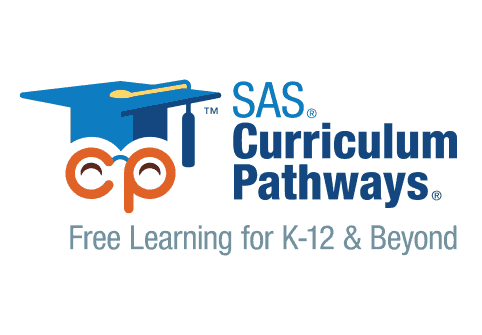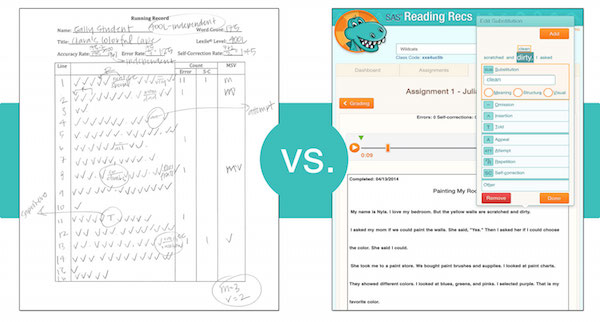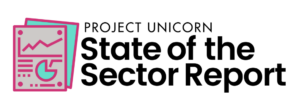Information is the Key to Data-Driven Teaching

Lucy Kosturko
Data provides us with evidence to guide future actions. An estimated 46 million people rang in January 2014 by seeking guidance from a smartphone app that gathers health and fitness data. That’s one-third of all U.S. smartphone owners. Quantifying our weight-loss activities helps motivate these efforts and also pinpoints which actions seem to correlate with our goals. With weight loss, it’s relatively simple: if x, then y. If you burn more calories than you consume, you’ll lose weight. Gather data on calories going in and out, use this information to make decisions (e.g., padlock your refrigerator) and you’re set.
Data and Personalized Learning
Data also helps guide educators: the more they know about a student–her strengths and weaknesses–the better they can tailor instruction to fit her unique needs for guidance and support. The Office of Education Technology suggests data points “provide teachers with just-in-time feedback on progress towards mastery of content and allow educators to personalize learning pathways for their students.” Informed by the relevant data, teachers can, ideally, provide a student with the support she needs, at the precise moment she needs it, in the specific formats she requires.
Unfortunately, the formula for academic achievement looks nothing like the simple if x, then y. With education the x represents an ever-expanding host of interconnected factors: parental involvement, parent education, socioeconomic status, early exposure to math and reading, spatial reasoning skills, reading skills, self-regulatory skills, self-efficacy, growth mindset, access to technology… And as research continues to expand, so does the list of dependent variables that affect overall academic achievement. Only in the past decade or so, for example, did we begin to call for increased student access to the Internet in school.
The quality of a student’s education is multifaceted, intricate, and interdependent. While high-stakes, summative assessments are often the focus of student evaluation and school accountability, they tend to provide only a peek into students academic performance. In other words, making informed decisions about a child’s education, data collection is much more complicated than tracking calories burned versus calories consumed. It’s easier to get skinny than it is to get smart.
From Data to Information
To paint a comprehensive digital picture of a student’s academic profile, one would have to collect far more data than mere mortals could evaluate. In other words, we’d have a deluge of data, but no information; a series of numbers, but no actionable conclusions; we’d have chaos, without Edward Lorenz’s theory to help us recognize the data’s underlying order. Too often, the result is not enlightened action, but paralysis. After creating daily assessments and then administering, collecting, and organizing the data, teachers have little time left for critical analysis and even less for integrating lessons-learned back into instruction.
Thank goodness for computers: collecting, organizing, analyzing, and displaying data is what they do best. Let’s walk through daily, data-driven instruction made easy for one of the most important skills students learn during their K-12 education: reading comprehension.
Running Records
For early reading instruction, elementary school teachers frequently use running records, which are viewed as a particularly informative data point. In fact, the most effective reading teachers report using running records in their day-to-day instruction. In addition, research consistently supports their impact on early literacy achievement. The breadth of data yielded by running records and other tools (such as comprehension assessments) allows instructors to make informed decisions about specific components of reading that need targeted instruction, the student’s independent and instructional reading levels, and how to form reading groups for guided reading.
However, conducting and collecting running records for an entire class can be time-consuming, rendering them almost impractical in today’s busy classroom. Teachers must sit down one-on-one with each student, listen as students read aloud, and jot down any errors or other behaviors the student makes while reading, without asking the student to stop, slow down, or otherwise stray from their natural reading cadence. After completing this cumbersome, error-prone activity, the teacher sums up the errors, calculates a series of formulae, and analyzes the data by piecing together the various components. Based on this analysis, the teacher is finally ready to make informed judgements about the best instructional course of action for this student.
Phew. One student down; 25 to go. Even the most well-intentioned, well-organized teacher will struggle to to consistently make data-driven, strategic, instructional decisions.
Luckily, many classrooms now have mobile devices and, thus, access to SAS Reading Records, a FREE digital solution for conducting running records. By complementing guidance from in-service reading specialists with research-based best-practices, this tool allows educators to gather, evaluate, and analyze data about students’ reading development without cutting corners or compromising precious class time. By recording students as they read aloud, SAS Reading Records maintains the integrity of the data produced by running records. This flexible tool also includes several features to the traditional paper-and-pencil method, further enhancing the benefits of the assessment.
Real-World Impact
Educators have been quick to appreciate these benefits. Consider the following from a teacher at Riverview Elementary School in Raleigh, NC:
I’ve started giving students weekly assessments through SAS Reading Records and rewarding those who score well. This motivated students to take the assessment seriously, and now they know making a good score is not as complicated as they feared. I choose the lexile, and the students choose the book. As their reading levels grow I increase the lexile. This process gives me feedback a lot quicker than sitting in front of each child for progress monitoring. SAS Reading Records found us at the perfect time. The students were starting to mumble and grumble before we began to use this app.
I’ve chosen a single example here to make a key point: apps such as SAS Reading Records do not reduce the complexity of reading comprehension, they equip educators with information, not just data. That distinction is crucial to the goal of supporting data-driven teachers.
Not quite if x, then y, but a lot closer.
Now, go take a walk, and think about what I just said. Your fitness tracker will thank you.
This blog is part of a series brought to you by SAS Curriculum Pathways (Sign up for your free account at www.sascurriculumpathways.com/signup). For more, stay tuned in November for the final published project, Getting Smart on Tomorrow’s Classroom: Free Innovative Tools, Resources, and Apps and check out additional related posts:
- 5 Projects for Your Project-Based Learning Classroom This Year
- SAS Curriculum Pathways Provides Online Resources at No Cost
- Preparing Students for a Project-Based World

Lucy Kosturko is a Research Scientist at SAS Curriculum Pathways. Follow SAS Curriculum Pathways on Twitter, @SASeducator.






0 Comments
Leave a Comment
Your email address will not be published. All fields are required.